Monday, November 17, 2025 | Time: 1:00pm

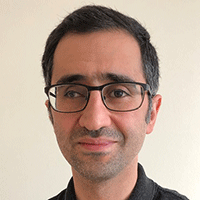
Presentation: What's New in MATLAB, Simulink, and Simscape for Mechanical Engineering
Speaker: Mehdi Vahab, Academic Manager for Mechanical and Aerospace Engineering
Description: Learn about the latest features of MATLAB, Simulink, and Simscape for Mechanical Engineers, including AI and ML methods for Reduced Order Modeling (ROM), SciML algorithms to solve differential equations, MATLAB Copilot, and new examples for physical modeling. We will also highlight the new course modules and training materials for fundamental and applied topics in mechanical engineering.
Monday, November 17, 2025 | Time: 1:45pm - 2:15pm

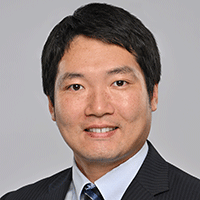
Presentation: Advanced Strain Measurement Technologies for Extreme Environments: High Temperatures up to 950 °C and High-Pressure Hydrogen Exposure
Speaker: Takahiro Hara
Description: Accurate mechanical strain measurement in harsh environments is essential for the design validation and lifetime assessment of structural components in advanced energy systems, aerospace, and hydrogen energy infrastructure. These applications often involve extreme conditions, including high temperatures and high-pressure hydrogen atmospheres, which pose significant challenges to the reliability of conventional strain gage technology.
This presentation will provide an overview of innovative strain measurement technologies designed to perform reliably under these demanding conditions. Key topics will include high-temperature strain gages, such as encapsulated and weldable types, and the emerging Fe-Cr-Al strain gage technology specifically engineered for hydrogen rich environments.
Through case studies and experimental results, the presentation will demonstrate the performance of these technologies in both simulated and real-world extreme service conditions.
Monday, November 17, 2025 | Time: 2:30pm - 2:45pm
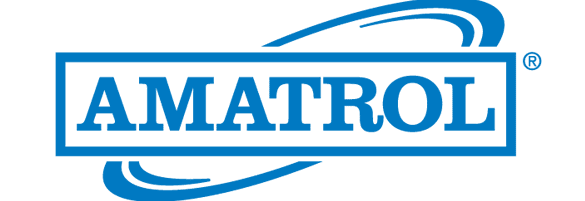
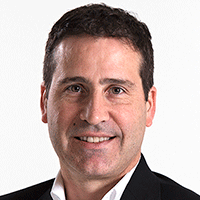
Presentation: Amatrol-Challenges for a Trained Technical Workforce
Speaker: Mark A. Hubbs, P.E., Director of International Sales
Monday, November 17, 2025 | Time: 3:15pm

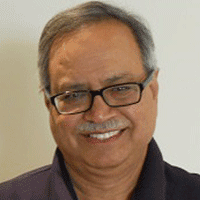
Presentation: On AI and Machine Learning for Industrial Asset Condition Monitoring and Diagnostics
Speaker: Suri Ganeriwala, President
Description: Condition monitoring and diagnostics are undergoing changes to incorporate artificial intelligence-based machine learning to assess asset (machine) health and develop a prognostics model. A digital twin (software representation) of an asset is created so it can be monitored remotely and provide pertinent information to a reliability engineer. The overall objective is to obtain enough data about asset health using the least number of sensors and predict its remaining useful life. The challenge is to develop appropriate signatures of different failure models of various asset types. This presentation will briefly address these topics.
Monday, November 17, 2025 | 4:00pm - 4:30pm

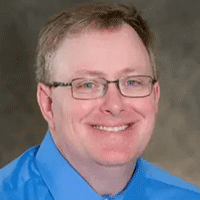
Presentation: Upskill Your Workforce with UW-Platteville’s Distance Engineering Programs
Speaker: Dr. Mike Zampaloni
Description: Empowering your workforce through Distance Engineering programs is a strategic investment in innovation and growth. These flexible, high-quality programs allow employees to upskill without interrupting their careers, gaining cutting-edge technical knowledge and problem-solving abilities that directly enhance your organization’s capabilities. Whether it's mastering new technologies or deepening expertise in core engineering disciplines, distance learning fosters a culture of continuous improvement and adaptability—key traits in today’s fast-evolving industries. By supporting employee development through accredited online engineering education, companies not only boost productivity and retention but also position themselves as leaders in talent-driven success. Learn more about how UW-Platteville can aid in upskilling your workforce!
Monday, November 17, 2025 | 4:45pm - 5:15pm
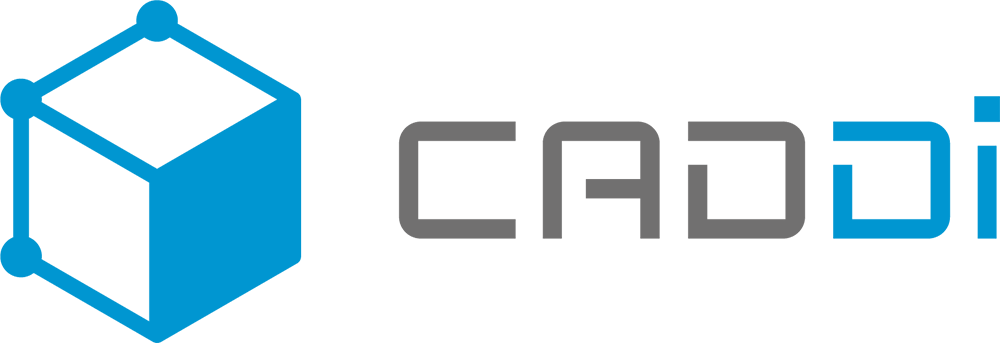

Presentation: What Happens When Tribal Knowledge Meets AI?
Speaker: Patrick Harrigan, VP of Partnerships
Tuesday, November 18, 2025 | Time: 12:30pm - 1:00pm

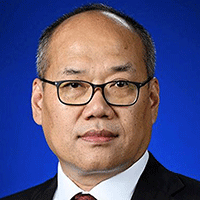
Presentation: Building Capacity for AI in Mechanical Engineering
Speaker: Xiaopeng Zhao, Chair and Professor, Department of Mechanical Engineering
Description: This talk outlines how our department is building capacity to apply AI in mechanical engineering with a focus on practical outcomes, curriculum alignment, and lightweight integration in labs and projects. We highlight early lessons, adoption enablers, and a roadmap that others can adapt to their own context. Emphasis is on where AI adds value in existing workflows, simple guardrails that build trust, and a phased approach to scale when resources are limited.
Tuesday, November 18, 2025 | 1:15pm - 2:45pm
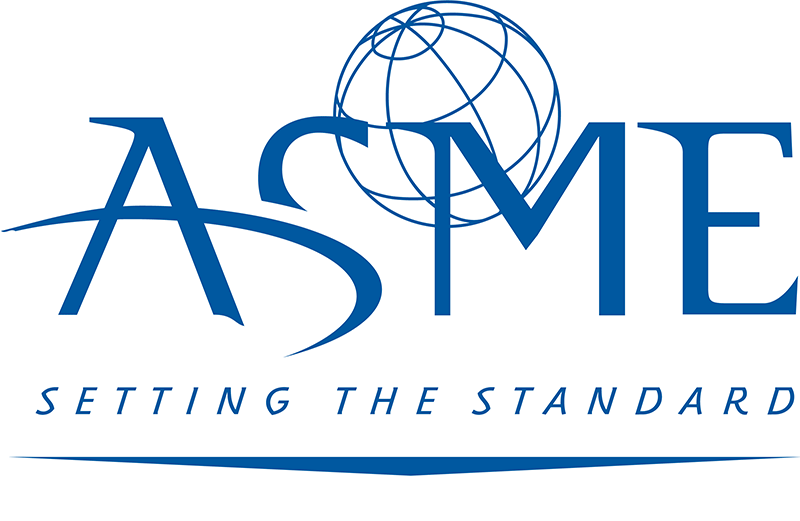
Presentation: The ASME Rising Stars of Mechanical Engineering Celebration and Showcase
Tuesday, November 18, 2025 | 3:00pm - 3:30pm

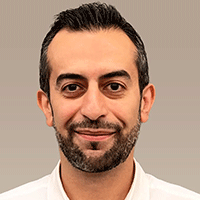
Presentation: From Proposal to Publication: Winning Grants with Quanser’s Free Assistance Program
Speaker: Amirpasha Javid, Director, Research Partnerships
Description: Learn how to identify funding opportunities, craft strong proposals, and avoid common pitfalls with support from Quanser’s grant experts. This session covers best practices for agencies like DoD and NSF, showcases funded case studies, and highlights national research priorities in control systems, autonomous vehicles, AI, and more. See the impact of Quanser’s support through a recent DoD-funded project on autonomous vehicle security, co-developed with the University of Washington Tacoma.
Wednesday, November 19, 2025 | 12:30pm - 1:00pm

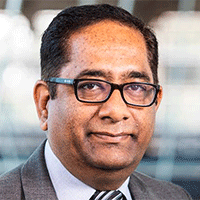
Presentation: Dynamic Response of Shear Layer on Cavity Acoustics and its Impact on Store Release
Speaker: Rajan Kumar, Professor and Chair of Mechanical and Aerospace Engineering, FAMU-FSU College of Engineering, Florida State University Director, Florida Center for Advanced Aero-Propulsion (FCAAP)
Description: The presentation will provide an overview of research activities at the Florida Center for Advanced Aero- propulsion (FCAAP), a statewide center of excellence on aerospace and aviation, and discuss a few results on the dynamic response of shear layer on cavity acoustics and its impact on store release. Among the most complex flowfields encountered in current tactical aircraft arise during store separation from an internal weapons bay. When bay doors are opened during store release, a shear layer is formed between the high- speed freestream flow and the low-speed flow inside the cavity. The shear layer effectively spans the cavity length and width and is susceptible to different forms of two-dimensional and three-dimensional instabilities. The result is a highly turbulent flow and an intense aeroacoustic environment in and around the bay. The transient dynamics of the shear layer and its connection to and impact on the magnitude of pressure fluctuations or resonance characteristics inside the cavity during the bay door operation and store release are relatively complex.
Wednesday, November 19, 2025 | 2:30pm - 3:00pm

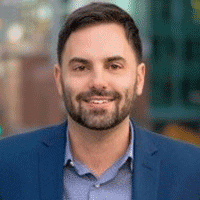
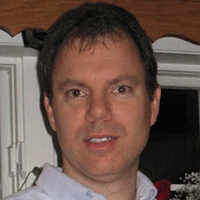
Presentation: From Overwhelmed to Industry-Ready: A Turnkey Approach to Embedded Systems Thinking in Engineering Education
Speakers: Ian Pilner & Chris Tunney, North America Academic Team
Description: Engineering educators face mounting pressure to prepare students for complex, multidisciplinary aerospace programs while meeting strict accreditation requirements. Traditional approaches relegate systems thinking to final-year capstones, creating daunting learning curves. This talk explores turnkey curriculum solutions that distribute essential skills across all four years, flattening capstone learning curves while maximizing project impact, all without adding to faculty workload.